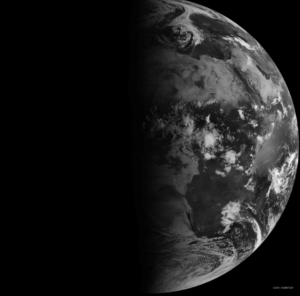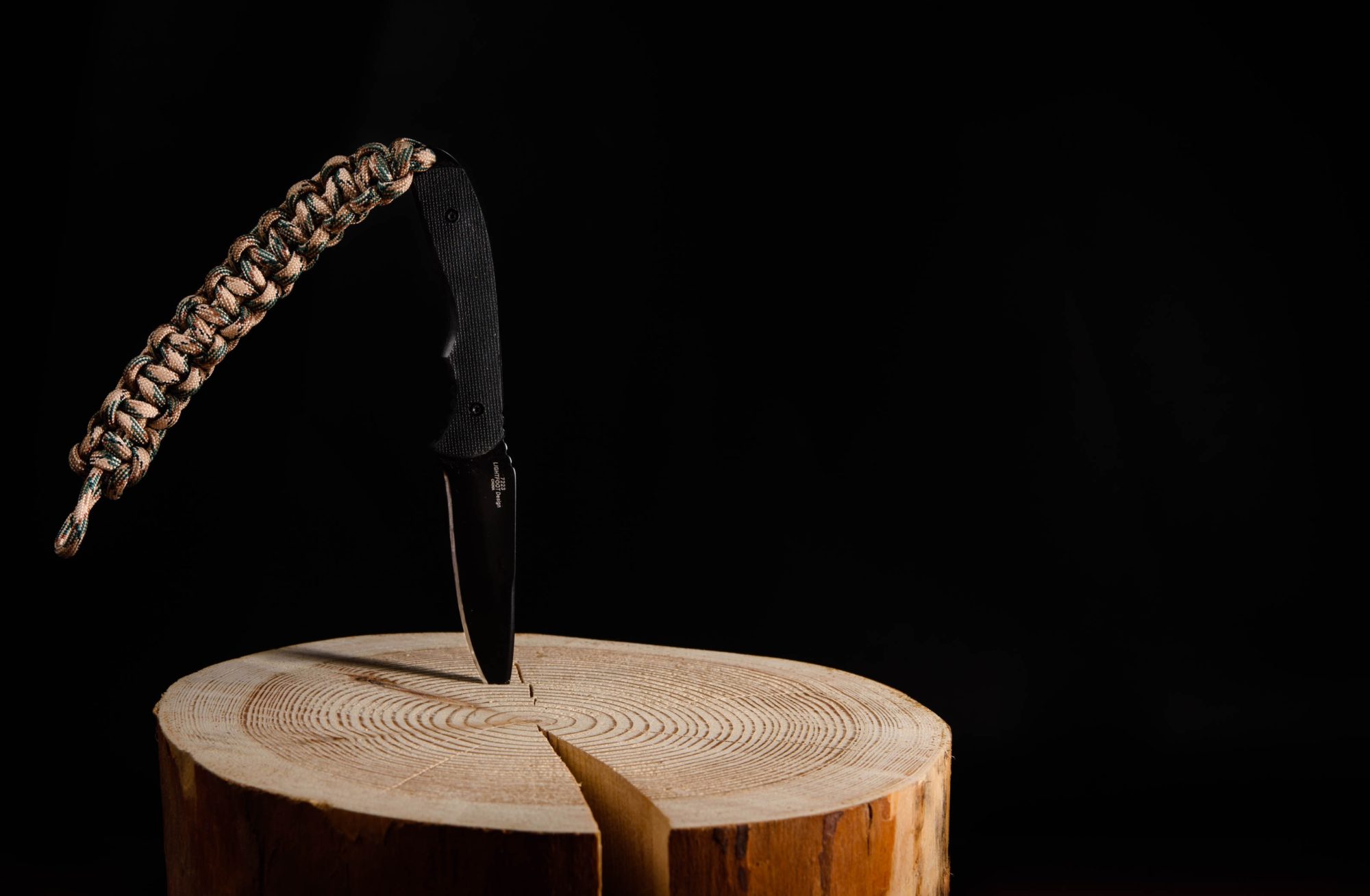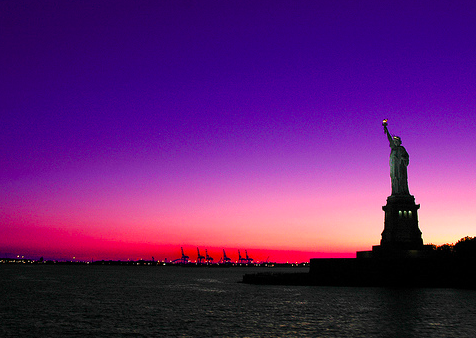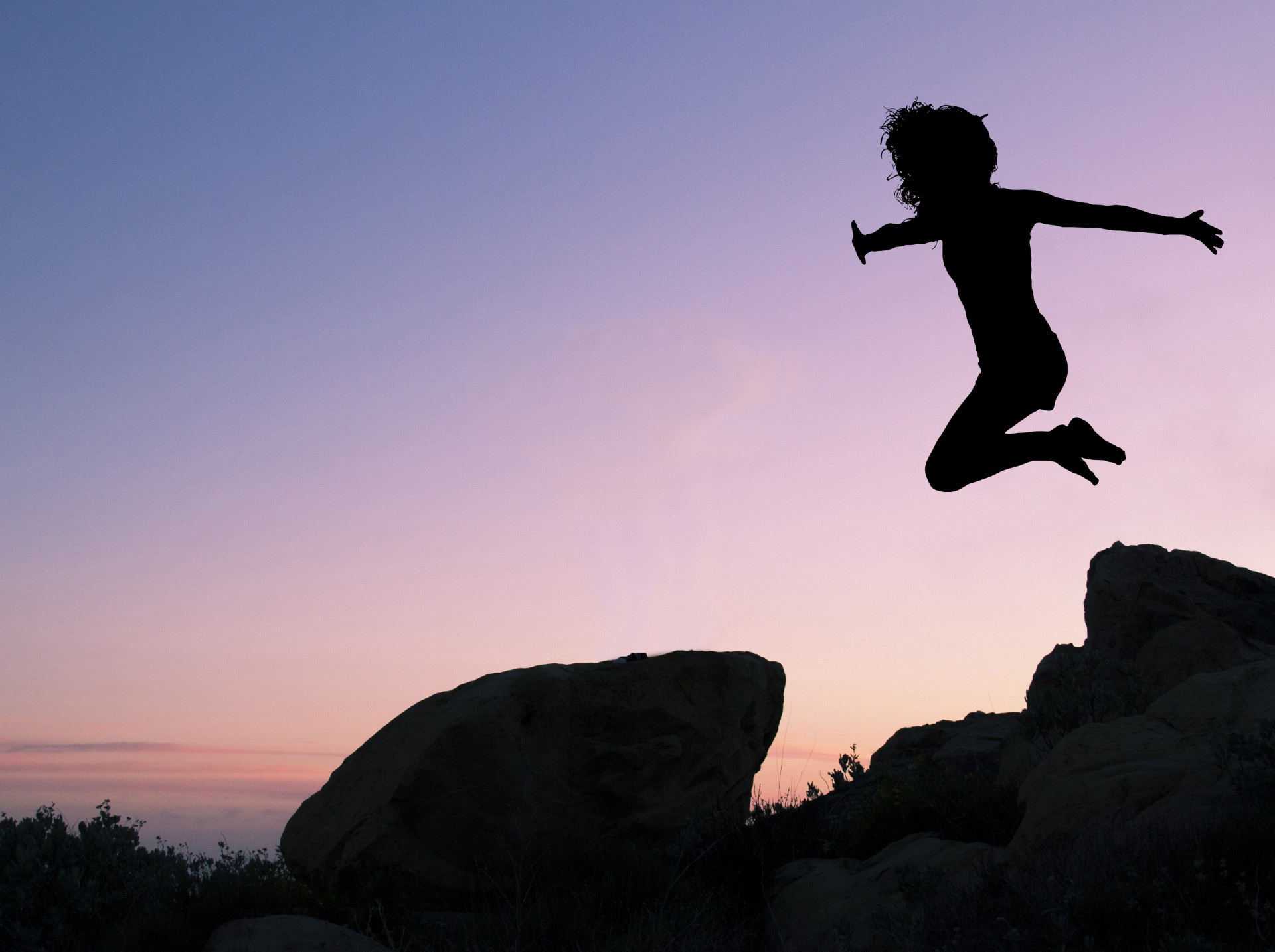Last week I learned I have a tumor at the base of my skull that is slowly taking over my brain stem. “First, your tongue will go numb. Then you’ll lose your voice,” said my doctor in the same matter-of-fact tone that he might have said, “First your appetizer will arrive. Then you’ll get your salad.”
At 45 years old, I was, up until this moment, medically “boring.” No health or genetic history of any kind. Previous conditions: none. Previous surgeries: wisdom teeth removal. I ran ultramarathons and often podiumed in my age group. The news was a shock. I stared at the screen with the black and white images of my skull and tried to make sense of this white growth, shaped like storm clouds, pushing into the dark spaces around my tongue and vocal chords.
“How does your voice feel now?” My doctor asked, “Are you able to use it whenever you want?” I said yes, but the question hung there for a moment.
Usually, when the topic of “Finding Your Voice” is mentioned, it’s about permission, but I feel lucky to have been born into a time and place where I feel free to speak up and speak out. But that doesn’t mean I have known how to find my voice and use it to author my life. The idea that I might permanently lose the ability to speak made me acutely aware of how little I genuinely used my voice on a daily basis.
Take the other morning as an example. I woke up feeling raw and scared by this new diagnosis. My husband was making himself breakfast. Instead of saying how I felt, I used my voice to say, “Should you really be having two fried eggs for breakfast again?” Then a neighbor asked how I was feeling, and because I didn’t want to upset her, I said, “I’m fine.” Later at work, colleagues asked me how a project was going. What I really wanted was their support, but because I didn’t want them to feel burdened, I opened my mouth to ask for help and closed it again. Then when I went home in the evening and felt helpless to manage my children’s screen time, I used my voice to scream at them and make them cry.
I was raised to be nice, to avoid conflict, to keep the peace. For people outside the house, I am calm and kind, generous and positive. I use my voice to say what I think others want to hear. Then later, at home, the volcano inside me erupts as resentment or rage and then my children and I suffer the consequences of my reluctance to use my true voice all day long. There is nothing peace-making about avoiding saying things that might be uncomfortable. There are only the consequences: strained relationships and a lost, unused voice, maybe forever.
The voice I want to find in me and in you is the one that sings, the one that moans, the one that trembles and cries and howls and roars—a voice that is primal and real– one that will make me soar and others stop in their tracks and listen. It is not the voice that hedges or hesitates, judges or gets jealous. The voice I want to find is the one that has the passion of that angry voice when pushed to the edge, but without the helplessness. Can you imagine if that voice was tamed, or if we exercised its muscles more often in small ways? It would come out as song.
We are born with a voice that is powerful. Then one day we are teased or ignored or shamed for saying how we feel, and suddenly our voice makes us feel unsafe. Maybe finding our voice requires retracing our steps and locating where we last remember using it. Then we can begin again to express ourselves, however awkwardly.
I have a memory like a snapshot of when I was twelve and the girls in my cabin at summer camp made a list of our names and the expression we could most often be heard saying. Mine was, “Stop it! It’s NOT funny!” When I saw what they had written, I was horrified. Now I knew that they saw me as a whiny, defensive, irascible wimp. Never mind that saying, “It’s not funny” might have been a perfectly legitimate way of standing up for myself. It didn’t matter because I wanted to be seen as fun and easy to be around. I wanted to be loved and included, and so I began artfully saying anything, or nothing at all, to earn that kind of belonging.
Another memory: at fifteen, I liked to write poetry. Then a boy I liked scribbled in the margins of one of my poems, “If there is an original thought in here somewhere, I can’t find it.” I ripped up the poems and threw them away.
Moments like these, layered like weights on a scale, tipped me off balance. I stopped using my voice to express myself and instead used it to say what I thought others wanted to hear. In the process, I lost my voice. Now, finding my voice feels like listening to the sound of a hawk’s wings high above me. Or rather concentrating on something small like the wings of a bee or a butterfly.
While sitting in the doctor’s office, I had a disturbing thought. Finding my voice was no longer just a phrase from empowered women’s literature, but a matter of life or death. What if this tumor moved into the place on my vocal chords because the area seemed available or abandoned? The thought frightened me, then gave me an idea. Now, using my voice might be as effective as flipping on a light switch and letting the tumor know, “Sorry. No Vacancy: This space is occupied and home to a powerful, wild voice that cannot be silenced.
As you can imagine, I am willing to try anything to heal. I left the doctor’s office determined to try an experiment; I would use my voice to say what I felt and knock this hobo tumor right out of my brain-stem railcar.
The next thing that happened was that some friends invited me out to a movie. I didn’t want to go, but I didn’t want to stay home alone that night either. I also thought it would hurt their feelings if I said no. So I went. (Old habits die hard.) Well, the movie that was labeled a comedy was grim; the whole thing was filmed in dark green and brown. It played the same violin lines of music over and over. People died senseless, graphic deaths. No one smiled. I sat there in pain, but to get up and walk out of the theater felt strangely not obvious. It felt like I had to stay, because that is just what one does. But with the courage of my new experiment, I leaned over to my friend and said, “I’m going to leave now.” Then when people on screen started kicking dogs to death and blinding themselves with steak knives, I crawled over my friends and left the theater.
I went for a walk and watched the sunset over the mountains. I had a strange sense of exhilaration, so different than the dread I felt in the dark theater. I had walked out. I would never have done that before—it would have felt weak or just rude. But the idea that I could, and that I did, felt like freedom. And you know what? Another woman sitting behind me walked out right after I did. I wonder how many of us were sitting in that theater, waiting for it to get better, and not doing anything.
It shouldn’t have to take a diagnosis of a massive tumor to recognize that there is nothing benign about not expressing ourselves. The question I am living with now isn’t, “When will I lose my voice?” But rather, “When did I let it go?” When did I ignore it so much that it walked away, opening the door for something ominous to move in?
Maybe someday soon I will use my voice to end violence and inequality or save lives in a big way. But beginning small feels like a form of deep listening and discovery. Now I check in with myself moment to moment. How do I feel right now? What do I really want to say or create with this, my only voice?
Then I close my eyes and imagine that every time I open my mouth to express myself fully, the force of my truth rips the tumor storm clouds off my vocal chords, and blows them out of my mouth. I keep my eyes closed and start to sing, feeling these tiny tumor clouds rolling like tumbleweed down a dusty, dirt road, far, far away.
*****








